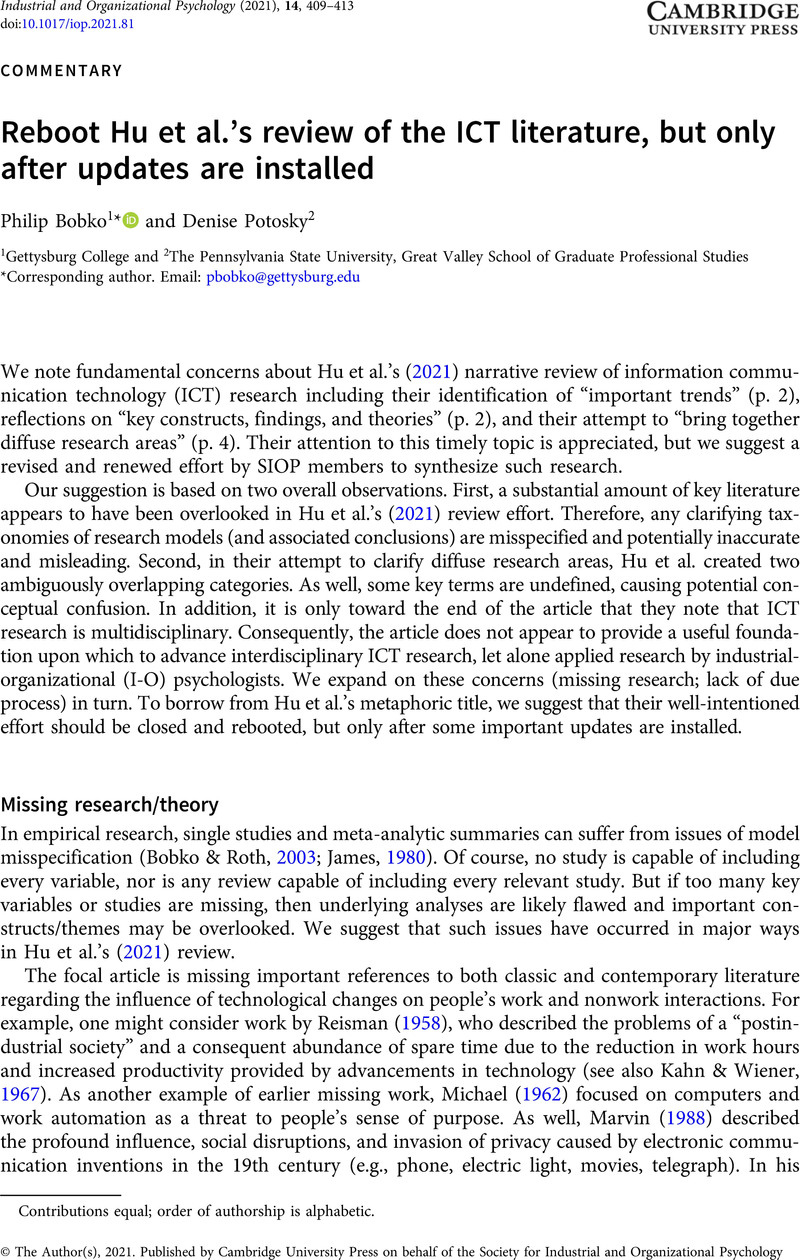Crossref Citations
This article has been cited by the following publications. This list is generated based on data provided by Crossref.
Montreuil, Véra-Line
Dextras-Gauthier, Julie
Gilbert, Marie-Hélène
Dima, Justine
Boulet, Maude
and
Biron, Caroline
2025.
Information and communication technology hassles and job performance: a moderated mediation model of well-being and psychosocial safety climate.
International Journal of Workplace Health Management,
Vol. 18,
Issue. 2,
p.
166.



